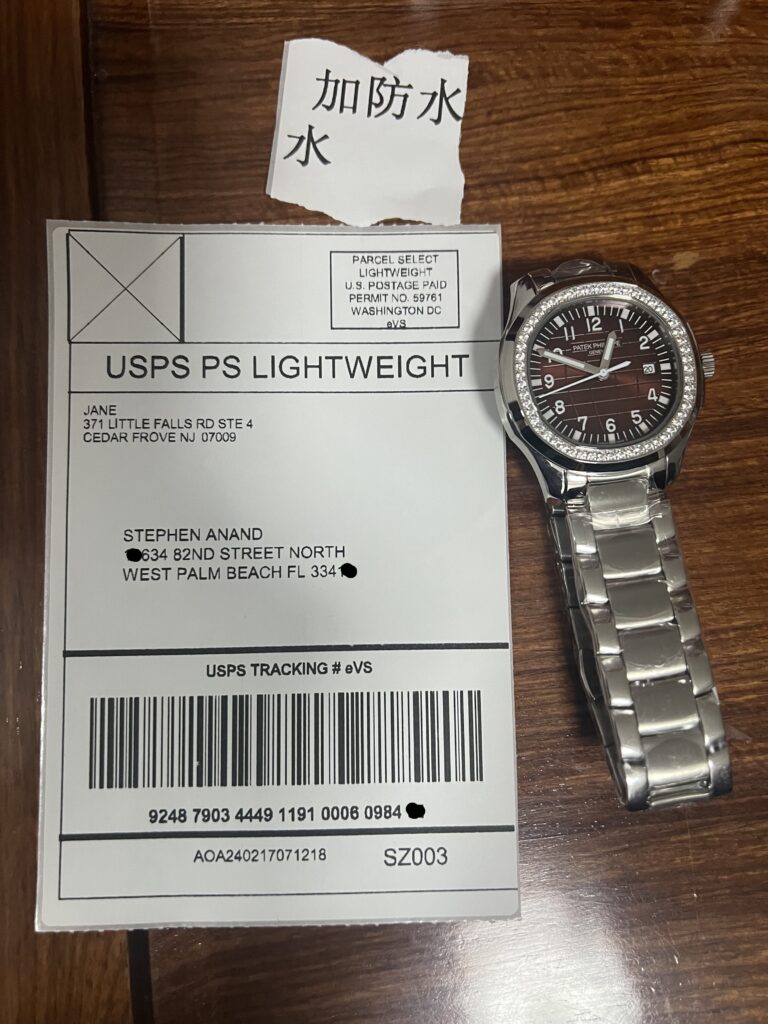A First-Time Buyer’s Guide to Conveyancing
While you think that it all starts and stops at making an offer and arranging the payments, think again. Home buying is not just about that. Everything has to go under a legal process and it takes a number of tasks to be completed before you can actually call it your own.

Conveyancing, easily put, is the legal process of transferring the ownership of the property from its current owner to you, the buyer. To help you even further as a first-time buyer, here are several more things that you might want to know.
What is conveyancing?
It is an administrative process that associated with making sure that the seller is legally eligible to sell, and you are okay to proceed with the purchase and eventually owning the property. It starts when your seller has accepted your offer and wraps up when the contracts are signed and exchanged and the money has been transferred to pay for the property.
Who works on this?
Typically, any lawyer can work on the conveyancing process on your behalf. But a licensed conveyancer is more trained and has specialised to oversee that everything goes fine. Technically, you can instruct any solicitor to act on your behalf but it is advised that you choose someone accredited by the Conveyancing Quality Scheme and a member of the Law Society, so that you can be sure that the tasks are carried out according to regulations and standards of quality.
More so, you can also choose to instruct an online conveyancing firm, some of which may charge as little as £200. To even help you save more money, you can compare conveyancing quotes online.
More importantly though, you might want to make sure that you conveyancer is on the approved panel of your mortgage lender as they will likely carry out tasks by the lender and they would need someone in their trusted list. Otherwise, you may have to hire someone specifically for that task alone – which could cost you more.
What would your conveyancer do?
One of the first things your conveyancing solicitor does is verify that the property is legally eligible to be sold. Then they will have to search documents with the local authorities and other organisations to make sure that there are no development plans, environmental concerns, or water and drainage issues that could affect the property and your living condition.
Conveyancers will also let you know of the incurred costs in the transaction like Stamp Duty, Land Registry Fees; and draft and verify the terms of the sale-purchase contract before they are signed and exchanged,
Towards the end, they will make sure that all the funds are in place to pay for the property – including advising your mortgage lender and liaising with them to release the mortgage monies to the seller’s account.
Once completed, they should then provide further assistance in terms of registering the property in your name at the Land Registry.
How much does it cost?
It all depends on who you instruct and how much you’re buying the property for. In basic fees alone, conveyancers may charge from £200 to £1000, whilst the incurred costs vary from one area to another. Stamp Duty, on the other hand, will cost a certain percentage of how much you bought the house for.

Your conveyancer’s basic fees should include charges like calls and correspondence,copying documents and their expertise. The rest, such as property searches, survey arrangement and assistance, should have a proper breakdown in the fee structure.
To properly set your budget, always ask for quotes from different firms or independent conveyancers that you can compare and choose from.
Can you do it on your own?
Generally, yes but it’s not strongly advised as it may be too complicated and time-consuming for you. If you happen to have overlooked a vital task, you may be in for some trouble. Besides, some of the people and organisations you will deal with in the process, especially your mortgage lender, would require a legal expert to work on some tasks which you may not be equipped to do.
Ensuring Seamless and Hassle-Free Conveyancing
Conveyancing has often left a really bad impression on most home buyers, especially first-timers. A lot of them seem to be caught in both confusion and frustration whilst wading through paperwork, tasks and people to deal with before they can collect the keys to their new home and move in. Some of them are even baffled where they are, if they’re doing it right or if they are being told of the right progress by their solicitors.
While conveyancing can be complicated for some, it shouldn’t be as horrible as it seems if planned and done properly. It could take a lot of time – weeks perhaps, or even months – but given the right advice and an expert to work on the process, your stress can be eased.
The thing is, every property transaction can be quite daunting. Even if you may have started things off properly, there are circumstances somewhere along the way that may bring in some challenge. However, if you have instructed a competent conveyancer, you can rest your worries that something will go wrong.
As soon as your conveyancer receives instructions from you, the legal process of transferring the ownership from the seller to you starts rolling. A number of tasks will be carried out and some documents will have to exchange hands, whilst on the side, there will be people and organisations that will be involved to make sure that the entire transaction is legally compliant, and that nothing can compromise your future living condition. In a matter of 6 or 12 weeks, on the average, you could look at finally collecting the keys and moving into your newly-purchased home.
What tasks need to be completed in conveyancing?
Pre-Exchange – Before contracts are signed and exchanged, issues within and around the property must be determined. So, your conveyancer should be working on conducting Local Authority, water & drainage, environmental, chancel repair liability, and other searches to find out if there are surrounding factors that would significantly affect the property and your future living condition. Surveys and home valuations may also be arranged to be done at this point to find out how much the property is worth (for your lender’s reference) and if there are structural issues that need repair or maintenance (you can use these to renegotiate your offer).
Whilst some of these pre-exchange tasks can be completed within a few days, some may take weeks (especially results of searches). You should also factor in the time it would take when you renegotiate your offer.

What can happen that can delay the transaction?
It’s worth noting that if you’re selling a property to afford the one you’re buying, your sale would also go through conveyancing – which means more time consumed before completion. Same thing happens when your seller is looking to buy a property at the same they’re selling you the current one. Chains of transactions are one of the top causes of delay in completing property transactions.
What can you do to speed things up?
Find a conveyancer to instruct ahead of time. Perhaps you should shop around at the same time you are looking for a house to buy and arranging your mortgage. This would give you a big headway in terms of preparing documents and getting proper advice about the process.
When looking for a conveyancer, you can start by asking your friends or family for recommendations. If you’re concerned about your budget as this whole venture can be quite costly, request for price quotes online.
To make sure you are hiring someone who will give you the best value for your money though, instruct a conveyancer who knows the process and the local property laws well enough. What you need is someone you can rely on when it comes to finding a resolution to anticipated challenges ahead, whilst not boring a huge hole in your pocket.
More importantly, the conveyancing process should be carried out according to recent property laws and regulations and standards of quality, so look for an accredited member of the Conveyancing Quality Scheme.
Though hiring a competent conveyancer cannot guarantee a faster completion, it’s a comfort to know that everything will be carried out seamlessly and trouble-free.











































